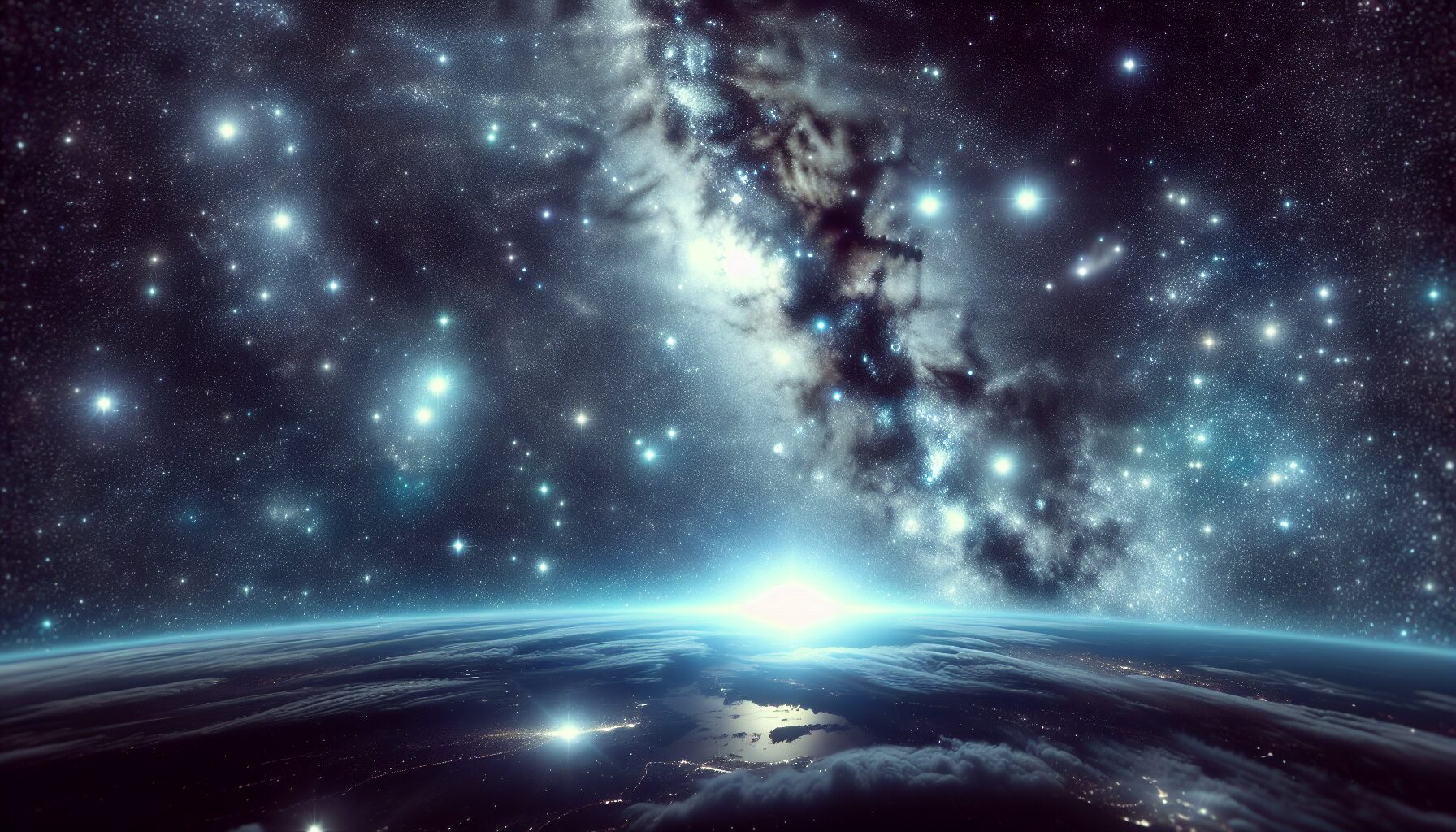Time as Cemetery: Hours and Years as Silent Tombstones
The passage of time is an enigmatic force, an ever-present yet intangible entity that governs the rhythm of our lives. Often, it is likened to a cemetery, with hours and years serving as silent tombstones that mark the moments of existence we leave behind. This metaphor highlights the transitory nature of human experience, inviting us to contemplate the footprints we etch into the sands of time.
From early philosophers to contemporary thinkers, the notion of time has been both revered and feared. In Hamlet, Shakespeare immortalizes this sentiment with the words, “Time is out of joint” [1], suggesting an intrinsic instability, an essence of being forever in motion yet anchored to a profound stillness.
The Cemetery of Time
“The life of the dead is placed in the memory of the living.” – Marcus Tullius Cicero
Each moment, each hour that passes, acts as a gravestone marking the end of what was once a living, breathing segment of our lives. The years pile up like layers of an ancient burial site, where experiences, emotions, and dreams lie interred beneath the surface of our consciousness.
- Hours as Milestones: Just as gravestones serve as testament to a life once lived, hours mark the milestones of human endeavor and mundane routine. They encapsulate moments of triumph and despair, of love and loss, surviving only through memory and record.
- Years as Epigraphs: If hours are tombstones, then years are their inscriptions—brief summaries of a chapter in life. Whether marked by significant change or the quiet monotony of the everyday, each year leaves an indelible impression upon our existence.
Reflections in the Tombstones of Time
The metaphor of time as a cemetery encourages introspection about how we choose to fill these hours and years. Are the tombstones ephemeral testaments of wasted potential, or do they herald a legacy of meaning and purpose?
Time’s silent cemetery compels us to reflect on what endures beyond the grave of the now. As Albert Einstein poetically observed, “Time is an illusion” [2], casting doubt on the permanence of its essence and encouraging us to seek value in the fleeting present.
In contemplating the silent tombstones of hours and years, we are reminded to live fully in between them—to craft our epitaphs with the ink of intention, ultimately rendering time not as a graveyard of forgotten moments, but as a garden of eternal significance.
References:

